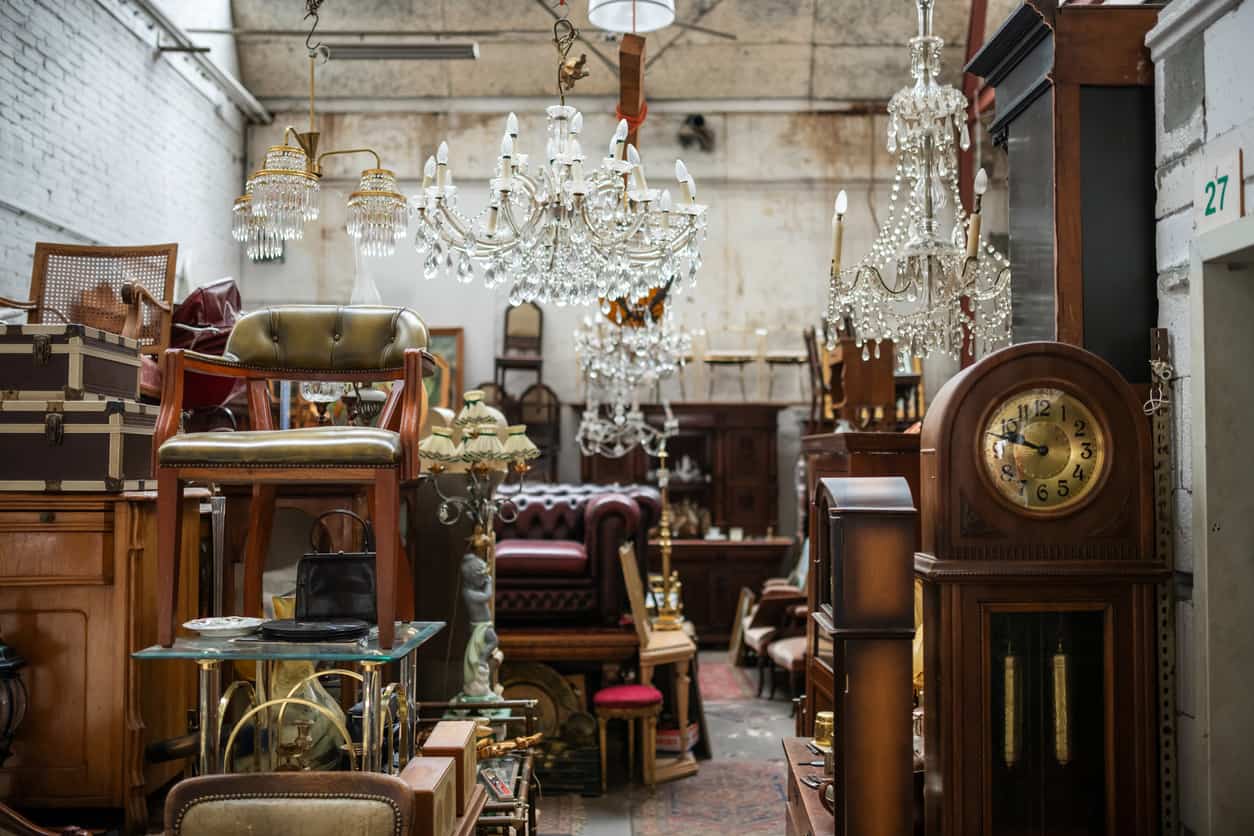People need to store antique furniture for several reasons, for example:
- Antique collectors may need to store furniture when their collections exceed their space
- Antique sellers may need to store furniture if they have plenty of stock
- People who have inherited antique furniture may want to store it because it’s too old fashioned, too uncomfortable, too fragile for a household with several young children, or to keep it safe while remodelling or carrying out extensive repairs on their house
Self-storage is a great way to store your antiques safely, provided you follow the tips below.
Choosing your storage
Containers or self-storage units?
The temperature in containers fluctuates between very cold and very hot, depending on the season. This is exactly the environment you don’t want for your antiques. Antiques need a stable temperature-controlled environment. Look for self-storage units that maintain a temperature of 50 – 80 degrees Fahrenheit, and which keep humidity to a minimum.
Easy access
You don’t want to lug your antiques hundreds of metres from your car or van to your unit. Aside from the act that they can be heavy or awkward to carry, the greater the distance the greater the chance that they’ll get damaged.
Consider a unit with external access with room for you to park your vehicle right outside the door. If you have indoor storage try and get one on the ground floor. If you no ground floor units are available, make sure there is a lift to the upper floors. Again, lugging your furniture upstairs increases the risk of damage. It’s also exhausting if you have to make several trips.
Many self-storage providers have trolleys available – use them.
Security
Antiques are valuable and, provided they are well-taken care of, their value increases as more time goes by. You need more than a lock on your self-storage unit’s door to protect its contents.
Look for a facility that has comprehensive security measures in place, including secure fencing, security (CCTV) cameras, and alarms linked directly to the police or a reputable security company.
Preparing your furniture
Give it a jolly good going-over
Clean the upholstery, following the correct techniques. Clean, polish, and wax all wood, metal, and mirrors. Look for signs of damage, especially insect damage and mould. Address these problems before storing the item, otherwise it will get much worse.
You can get professional cleaners specialising in antiques to do this part for you if you’re worried you will do more harm than good.
Document the contents
Photograph the furniture from different angles so you get a clear view of the condition of each item. If there is any damage or potential weak points you need visual evidence. You should also inventory and write notes about each piece of furniture.
Get the pieces professionally valued, this way you will know how much insurance to buy.
Protect your antiques
Bubble wrap is not a friend to antiques. The plastic can trap moisture, which can severely damage your antiques. It can suffocate wood, which leads to condensation and potential mould damage. Plastic can also cause furniture to crack or warp.
Rather use soft blankets or towels or other breathable material to keep furniture clean and safe.
You can get boxes specially designed for certain items of furniture, such as mirrors, lamps, and china. Wrap the items in something soft and protective before placing them in the boxes and then clearly mark the boxes as fragile. Don’t forget to include a sticker with the contents listed.
Pack items carefully
Place paintings and mirrors horizontally so they don’t fall down.
Disassemble big furniture pieces – if possible. This minimises space taken and allows you to better protect component parts rather than the whole. Wrap each piece and keep all the pieces together. Put various screws and bits and bobs in bags and pack them with the item to which they belong. It’s a good idea to photograph each step in the disassembly so you can reverse it when you put it together again. This is also something that a professional can do for you.
Don’t stack antique furniture, either with other antiques or plain old furniture.
Insurance
It’s a good idea to get self-storage insurance when you store basic items, but it’s imperative to get insurance when you’re storing valuable antiques. Talk to your insurance provider about your needs and together you can come up with a policy that provides comprehensive cover for the full value of your furniture.
